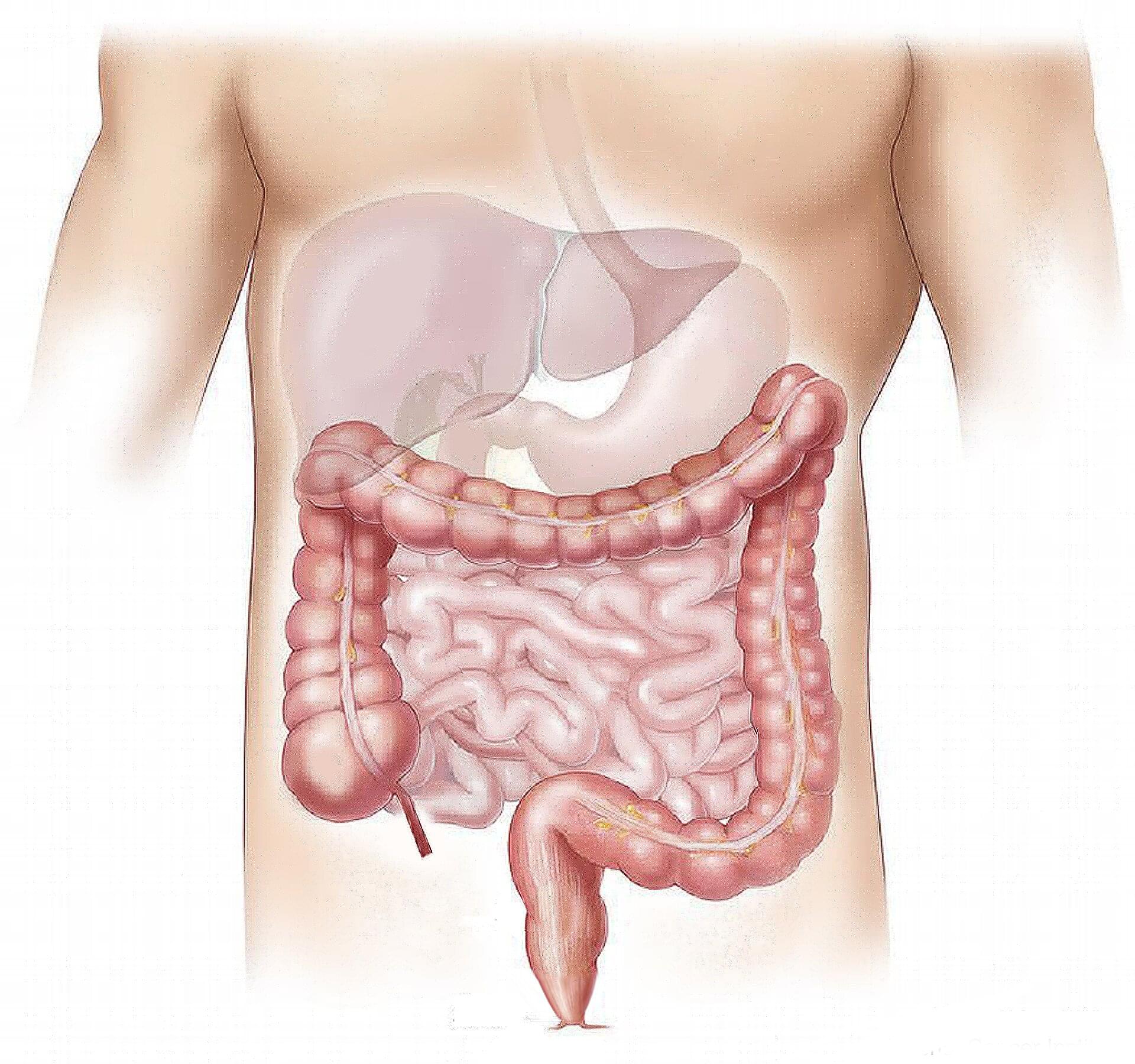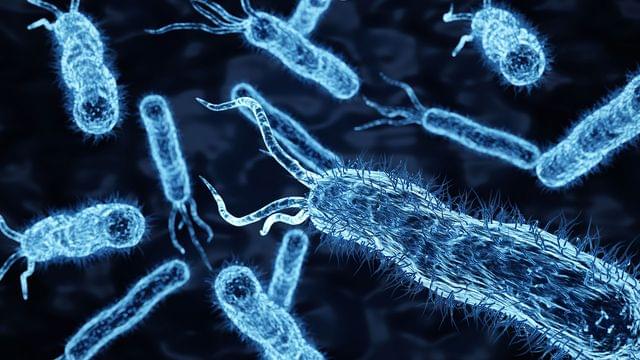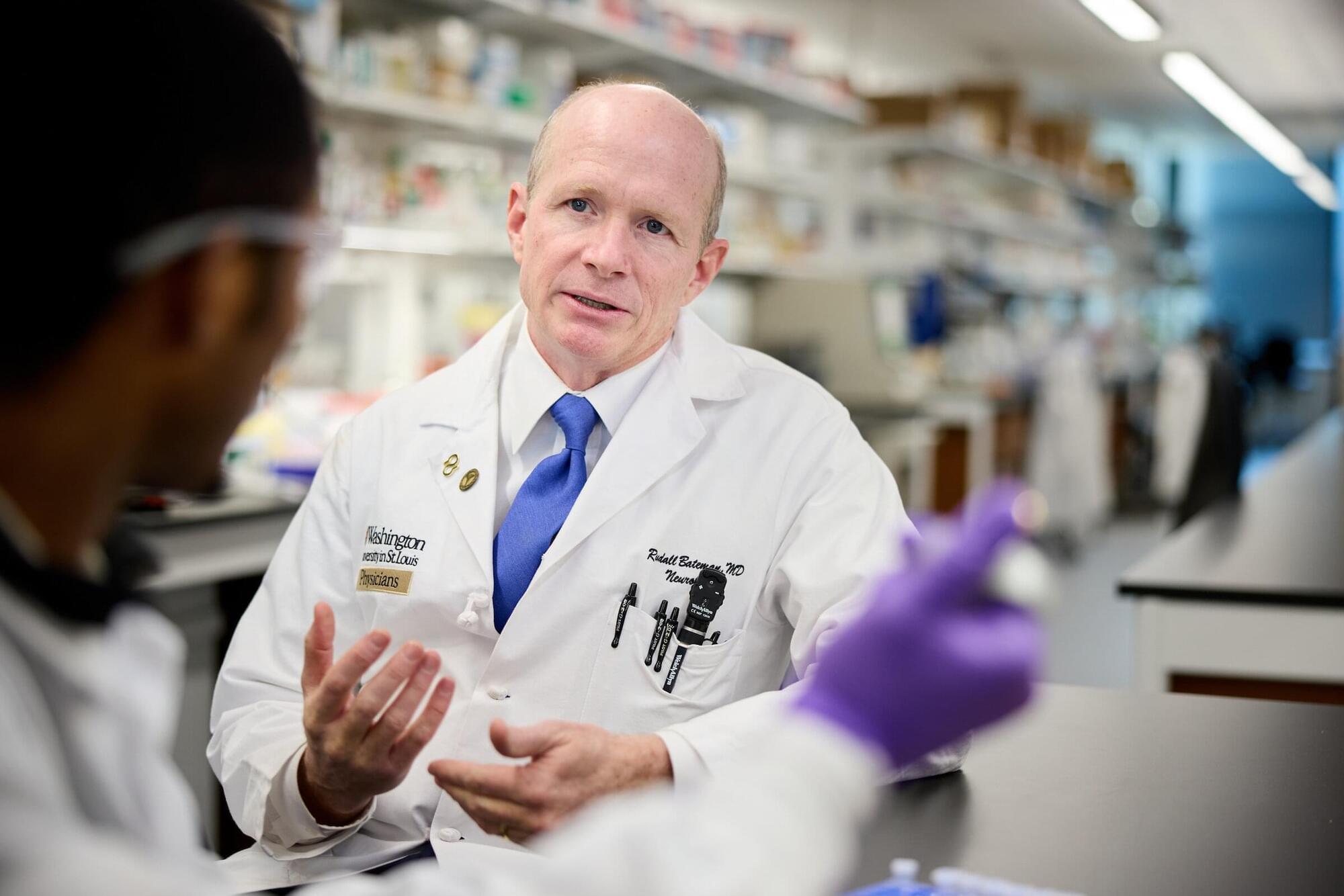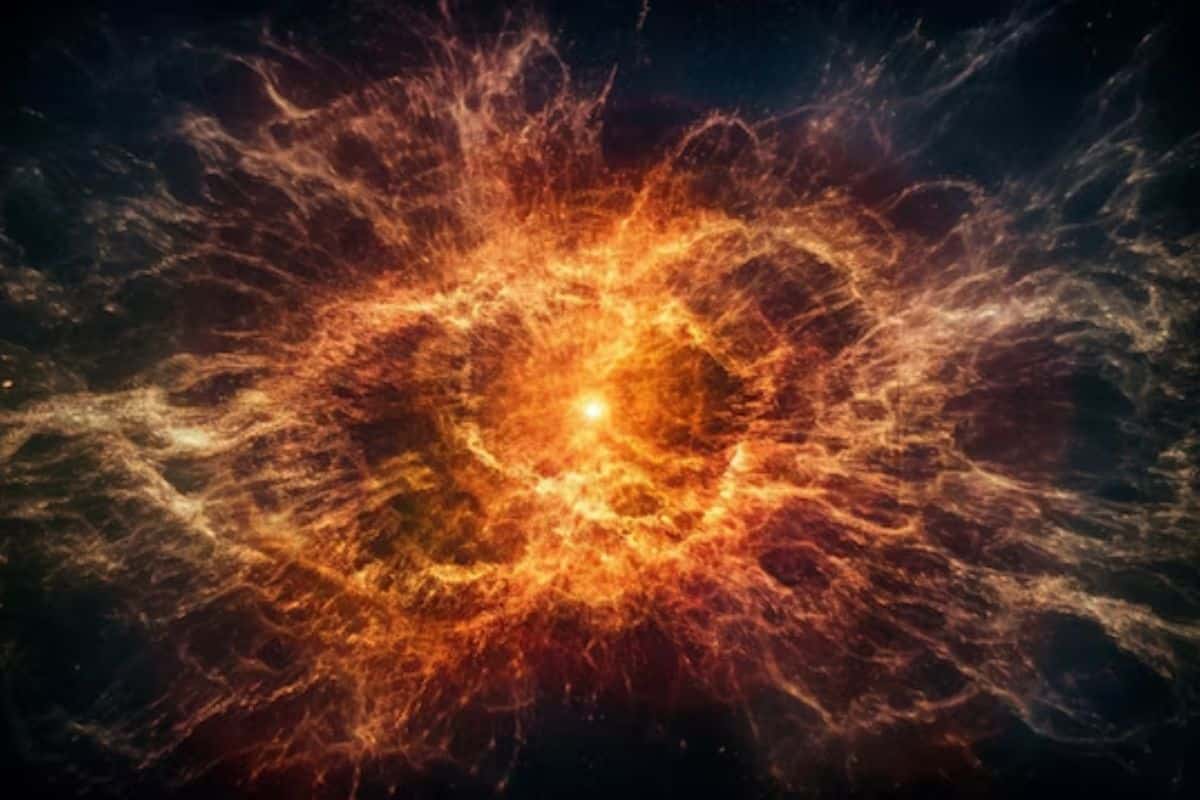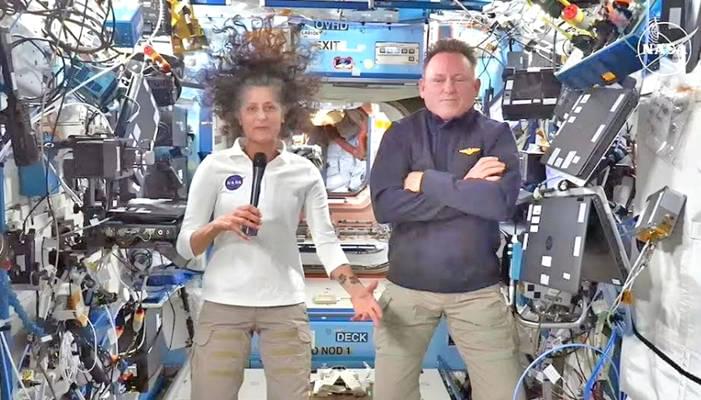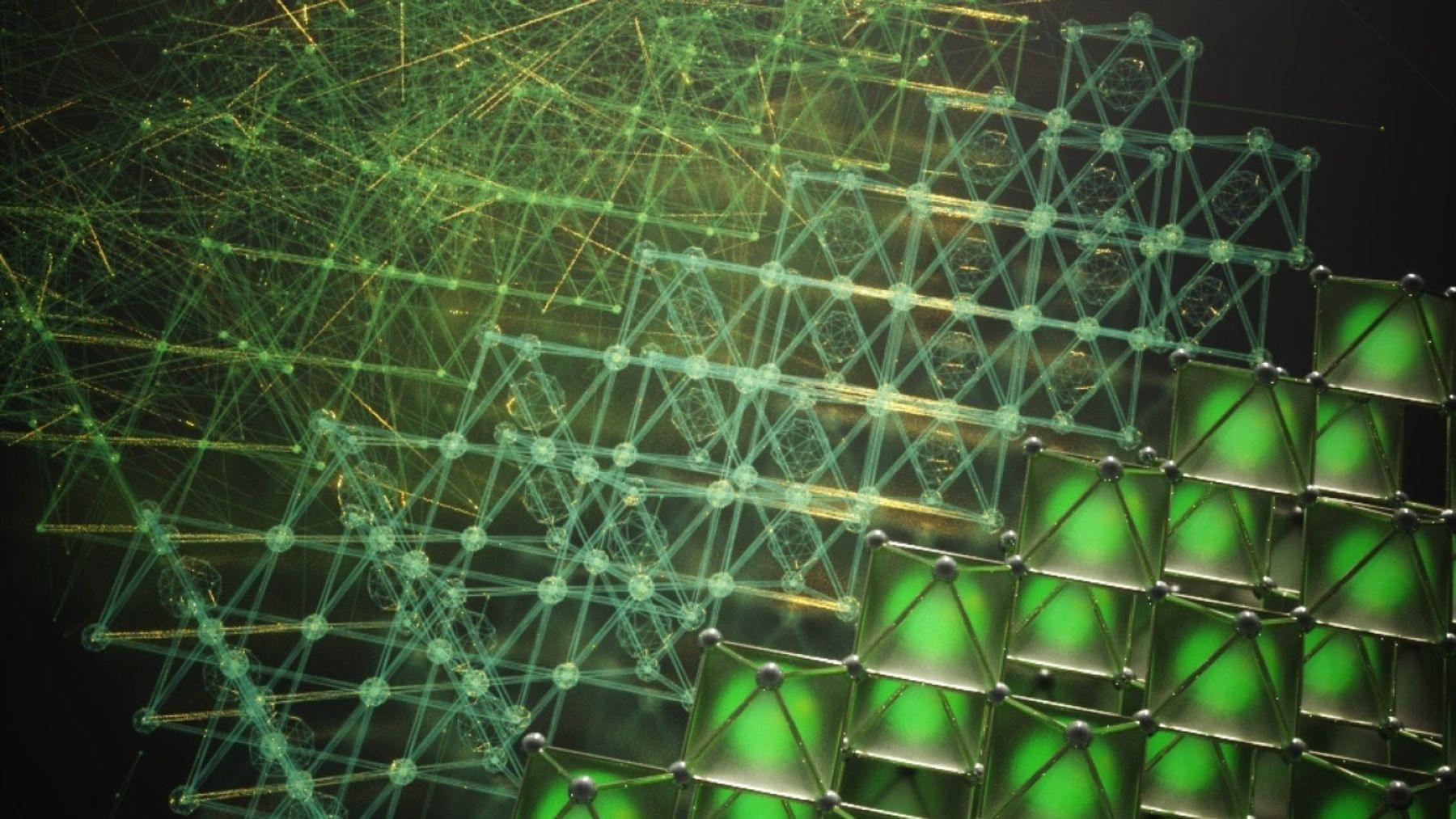Check out new courses each month on Brilliant! First 30 days are free and 20% off the annual premium subscription when you use our link ➜ https://brilliant.org/sabine.
On March 15, a group of researchers revealed some crazy news: using a new type of radar imaging technology, they claimed to have discovered new “internal artificial structures” beneath Egypt’s three Great Pyramids in Giza. The structures supposedly included eight cylinders surrounded by constructs resembling spiral staircases. Does their radar imaging tech actually work? And if so, are those \.
